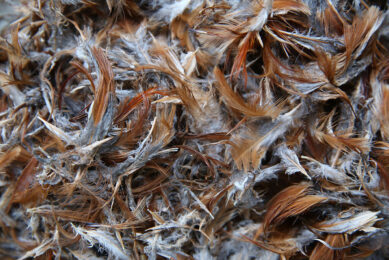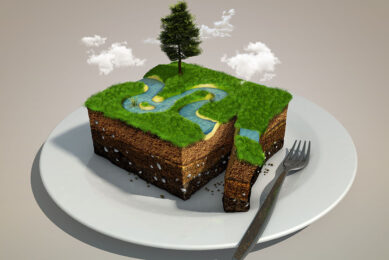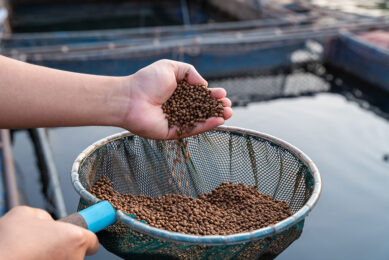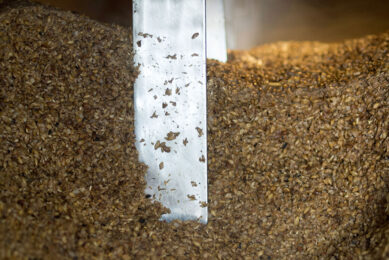By-product: Date waste as feed ingredient for ostriches
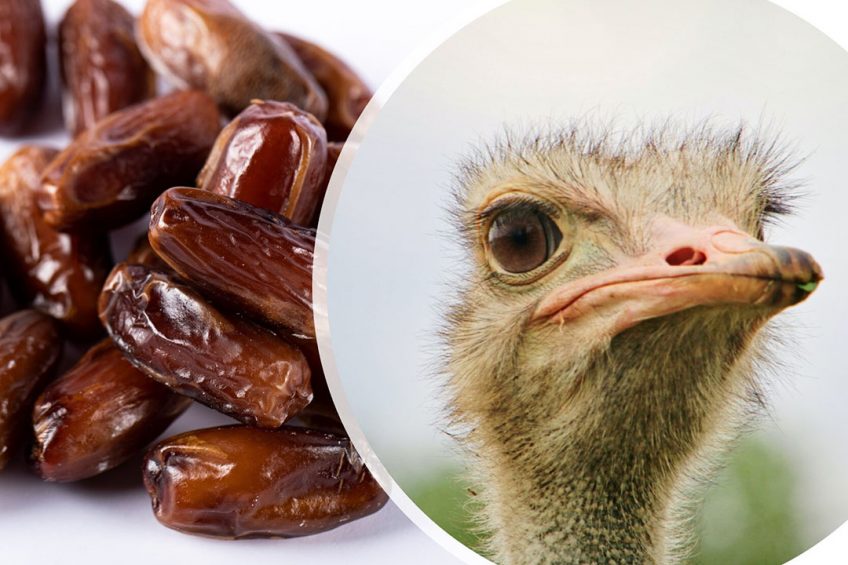
The by-product, whole date waste, is a valuable feed ingredient and can be incorporated into the diets of ostrich chicks to improve stress-related variables and antioxidant status.
Ostriches are monogastric herbivores with a relatively large digestive tract, and their ability to digest and utilise fibre-rich plant distinguishes them from other monogastric herbivores. The hindgut represents about 61% of the length of the total digestive tract in the ostrich, it is only 11% the length in broilers and 21% in pigs.
Date palm (Phoenix dactylifera L.) grows in many developing countries and their fruits are well known. According to the FAO, world production of dates was 8.16 mmt in 2018, with Egypt the major supplier (19.5% of world production) and Iran the second major producer (14.5%). About 20% of production of dates is inedible for humans due to its low quality.
The study used date waste in feed for young male ostriches
Date waste products are known as an alternative feed source in poultry diets, however, there is no quantitative information available regarding date waste used in ostrich diets. Researchers* at Arak University in Iran therefore set out to evaluate whole date waste (WDW) as a feed ingredient in ostriches. Mature WDW was collected from various varieties grown in Iran and in this study consisted of 80% date fruits and 20% date pits. The WDW was dried at 55°C for 24 hours and crushed.
2 experiments were conducted:
- Experiment 1: Apparent metabolisable energy corrected to zero nitrogen balance (AMEn) of WDW was determined using 12 6-month-old male ostriches with mean live body weight of 52.6 (±2.4kg). The treatments included a reference diet and a test diet consisting of 60% of the reference diet and 40% of WDW offered in 10mm pellet form. The AMEn of the WDW determined by total collection was 3,216 kcal/kg.
- Experiment 2: Here, 4 groups of 8 7-month-old male ostriches with body weight of 60.4 (±1.6kg) were tested for 2 months. The groups were fed 4 isocaloric (2,420 kcal of AMEn/kg) and isonitrogenous (16.4% CP) diets containing 0, 10, 20, and 30% WDW.
Positive results for date waste as feed
There were no significant differences among treatments in average daily feed intake, average daily gain, feed conversion ratio, and apparent total tract digestibility coefficients of dry matter (DM), organic matter, energy, ether extract, ash, nitrogen-free extract, calcium, and phosphorus.
In contrast, birds fed 0, 10% and 20% WDW diets had similar CP digestibility and this was significantly higher than that of birds on 30% WDW diet. The least crude fibre digestibility was also observed in birds fed 30% WDW diet. Blood RBC count, lymphocyte percentage, glucose concentration, and glutathione peroxidase activity increased linearly, whereas heterophil percentage and heterophil-to-lymphocyte ratio decreased linearly in response to dietary inclusion of WDW.
Date waste improves stress-related variables and antioxidant status
This study suggests that the diet of ostriches could be formulated to use their effective digestive capacity to utilise the by-products from the agro-food system in an economic way, including that of WDW, which not only did not adversely affect the growth performance but also appeared to improve health parameters. These results also suggest that WDW could be used as a feed ingredient for growing ostriches to improve stress-related variables and antioxidant status.
* The researchers involved in this study, which has been published in Science Direct, are S. Najafi, H. A. Ghasemi, I. Hajkhodadadi and M. Khodaei-Motlagh from the Department of Animal Science, Faculty of Agriculture and Natural Resources, Arak University, Iran




